- TOP
- Mirror with Interlinking Circle Pattern, Butterflies, and Birds
Overview
Mirror with Interlinking Circle Pattern, Butterflies, and Birds
- Museum No.
- EK17-27
Showing 1-6 of 1
| Title | Mirror with Interlinking Circle Pattern, Butterflies, and Birds |
|---|---|
| Designation | |
| Artist | |
| Category | Metalwork(E), Bronze Mirrors |
| Country | Japan |
| Period | Kamakura |
| Century | 13th |
| Year | |
| Quantity | |
| Materials | |
| Dimensions | Rim height 0.7cm |
| Inscription by | |
| Signature/Seals Etc | |
| Donor |
Included Works

EK17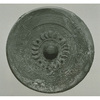 Mirror with Abstract Animals in Band
Mirror with Abstract Animals in Band
EK17-1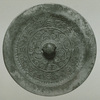 Mirror with Whirlpool Design
Mirror with Whirlpool Design
EK17-2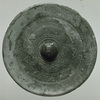 Mirror with Flower Design and Seven Arcs
Mirror with Flower Design and Seven Arcs
EK17-3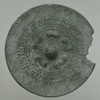 Mirror with Five Animals
Mirror with Five Animals
EK17-4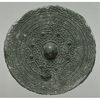 Mirror with Abstract Animals in Band
Mirror with Abstract Animals in Band
EK17-5 Mirror with Four Animals
Mirror with Four Animals
EK17-6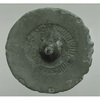 Mirror with Tooth Comb Pattern
Mirror with Tooth Comb Pattern
EK17-7 Mirror with Abstract Animals in Band
Mirror with Abstract Animals in Band
EK17-8 Mirror with Pines and Cranes
Mirror with Pines and Cranes
EK17-9 Mirror with Cranes and Pines and Butterflies
Mirror with Cranes and Pines and Butterflies
EK17-10 Mirror with Arabesque and Phoenixes
Mirror with Arabesque and Phoenixes
EK17-11 Mirror with Chrysanthemums and Birds
Mirror with Chrysanthemums and Birds
EK17-12 Mirror with Chrysanthemums, Butterflies, and Birds
Mirror with Chrysanthemums, Butterflies, and Birds
EK17-13 Mirror with Globeflowers and Flying Sparrows
Mirror with Globeflowers and Flying Sparrows
EK17-14 Mirror with Chrysanthemum Branches and Flying Sparrows
Mirror with Chrysanthemum Branches and Flying Sparrows
EK17-15 Mirror with Autumn Plants, Butterflies, and Birds
Mirror with Autumn Plants, Butterflies, and Birds
EK17-16 Mirror with Cranes and Pine Needles
Mirror with Cranes and Pine Needles
EK17-17
This object may be one within a set or the title of a set. To see all objects in the set, perform a Category Search by the Museum Number below, entering numerals only before the hyphen.

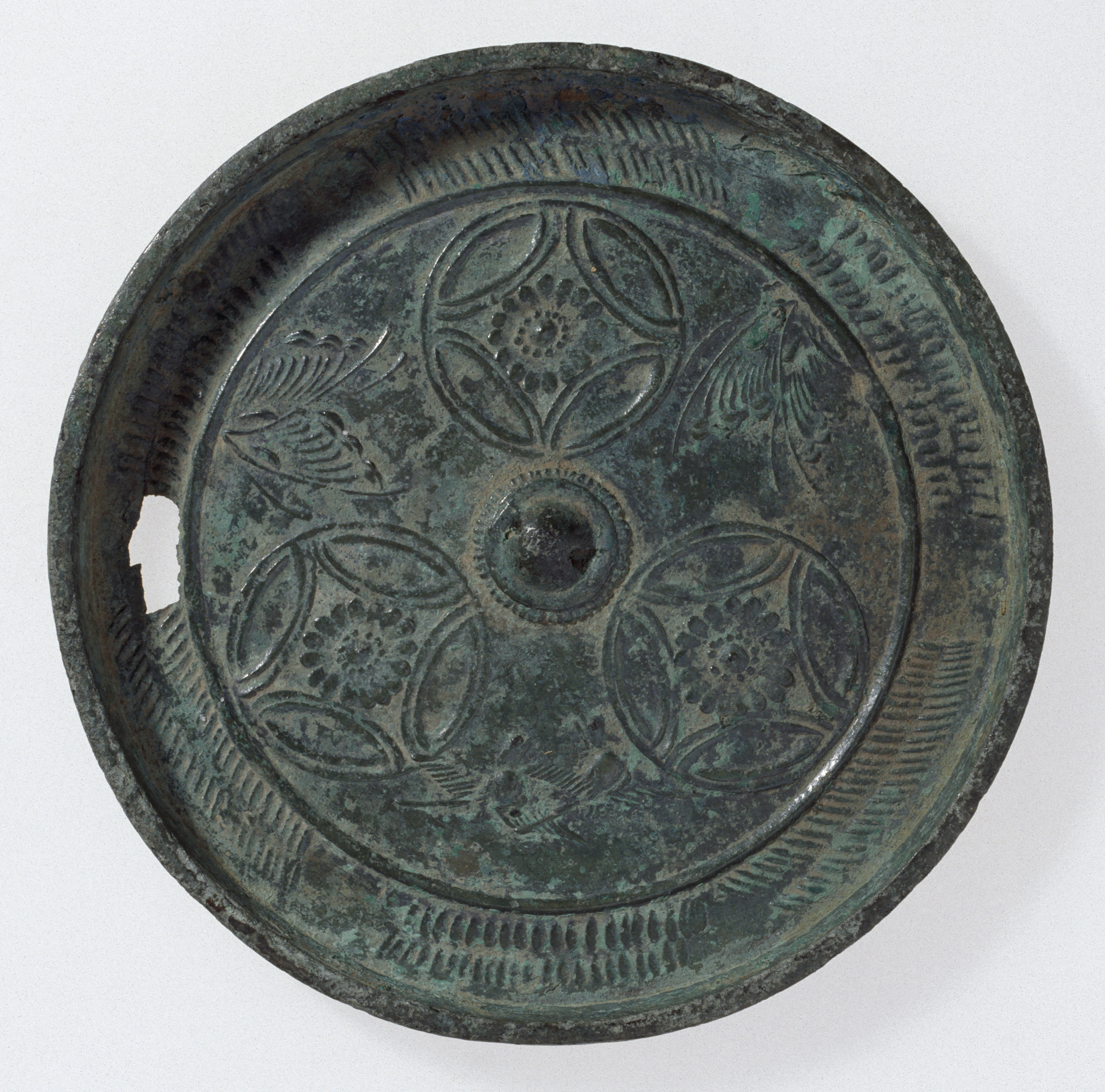





This mirror is blackish green in color, with a finely chiseled conical knob and knob surround. Three roundels enclosing chrysanthemums are evenly distributed around the mirror back, with butterflies and a pair of birds in the spaces between them. After the beginning of the Kamakura period (1185-1333), designs featuring this kind of scattered roundels appear, not only on mirrors but on lacquer ware and ceramics as well. A geometric composition consisting of repeated design units has been superimposed on the pictorial subjects derived from painting that had been the norm in the applied arts since the late Heian period (794-1185). Many characteristics are shared with Mirror with Paulownia, Pine, and Pair of Birds (EK17-40), including the wide, flaring rim of the mirror body, the knob surround, and the style of waves and butterfly motifs, suggesting that these two examples probably came from the same workshop.
Japan-Kamakura